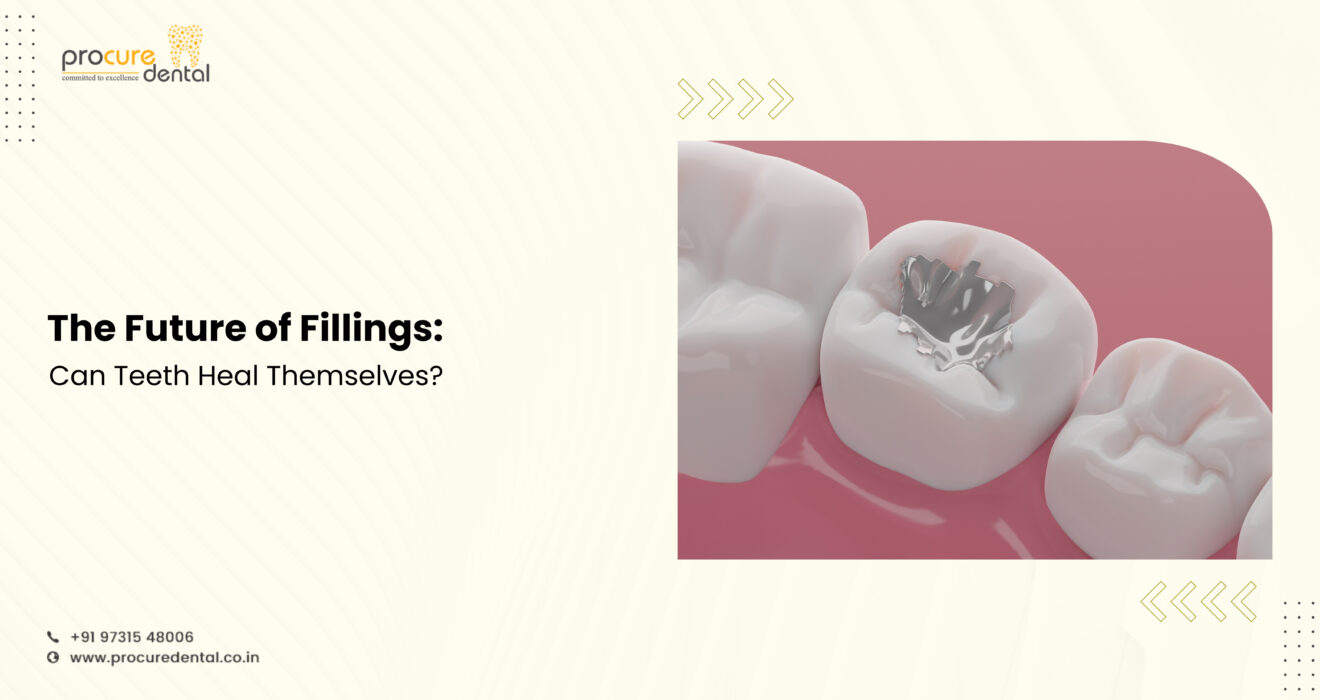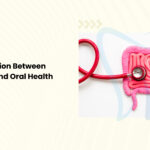The Future of Fillings: Can Teeth Heal Themselves?
For years, dental fillings have been the standard fix for cavities. Whether they’re made from silver, resin, or ceramic, fillings restore damaged teeth and stop decay from getting worse. But they aren’t perfect. Over time, fillings can wear out, crack, or even fall out completely. Every time they need to be replaced, the tooth gets weaker, sometimes leading to even bigger dental problems.
Now, imagine a world where teeth could repair themselves—no drilling, no fillings, just natural healing. It sounds futuristic, but scientists are working to make this a reality. Researchers are exploring ways to trigger the body’s natural healing abilities, using advanced materials and medical techniques to help teeth rebuild lost tissue.
Could this mean the end of fillings as we know them? Let’s explore why we need fillings in the first place, how self-healing teeth might work, and what the future of dentistry could look like.
Why Do Teeth Need Fillings?
To understand why self-healing teeth would be such a big deal, we first need to look at how cavities form and why they need to be treated.
Cavities happen when bacteria in your mouth break down food, especially sugary or starchy foods, and produce acid. This acid slowly eats away at the enamel, creating small holes in the tooth. If left untreated, decay spreads deeper into the dentin and, eventually, the pulp, where nerves and blood vessels are located. Unlike other parts of the body, teeth can’t regrow lost tissue, which is why fillings are needed to prevent further damage.
Traditional fillings work by replacing the decayed part of the tooth with an artificial material. While effective, they don’t last forever. Everyday chewing, temperature changes, and general wear can weaken fillings over time. Eventually, they need to be replaced, and each replacement takes away more of the natural tooth structure. In some cases, repeated treatments lead to more serious procedures, like root canals or even extractions.
Because of these challenges, researchers are looking for ways to help teeth heal themselves—something that, until recently, seemed impossible.
Can Teeth Really Heal on Their Own?
Teeth already have a natural ability to repair minor damage through a process called remineralization. Saliva, along with fluoride from toothpaste and water, helps restore minerals to weakened enamel. However, once decay creates an actual hole in the tooth, it won’t heal on its own—at least, not with what we currently know.
That’s where new scientific discoveries come in. Researchers are working on ways to improve the body’s natural healing process. Some of the most promising developments include:
1. Using Stem Cells to Regrow Dentin
Inside each tooth is a soft core called the pulp, which contains blood vessels, nerves, and stem cells. These stem cells have the potential to rebuild dentin, the layer beneath enamel that gives the tooth its strength.
Scientists have found that certain drugs can stimulate these stem cells, encouraging dentin to regrow. One such drug, Tideglusib, was originally designed to treat Alzheimer’s but has shown promise in helping teeth regenerate. If this treatment proves effective in human trials, it could allow teeth to repair themselves from the inside out, reducing or even eliminating the need for fillings.
2. Enamel-Regenerating Gels and Peptides
Enamel is the hardest substance in the human body, but once it’s damaged, it doesn’t naturally regenerate. However, researchers are developing special gels and proteins that could help rebuild lost enamel.
One promising discovery is a peptide called P11-4. When applied to a cavity, it forms a gel-like structure that encourages minerals to rebuild enamel. If this technique works on a larger scale, it could replace traditional fillings and allow small cavities to heal naturally.
3. Bioactive Materials for Stronger Teeth
Some dental materials already contain minerals that help repair small amounts of damage, but scientists are working on advanced bioactive materials that could take this even further.
One such material is bioactive glass, which releases calcium and phosphate—two key minerals for healthy teeth. In the future, dentists may use materials like this to create fillings that actually help repair the surrounding tooth, reducing the need for future replacements.
How Soon Could Self-Healing Teeth Become a Reality?
While these breakthroughs are exciting, they are still being tested. Before self-healing dental treatments can become widely available, they need to go through clinical trials to ensure they are safe, effective, and long-lasting.
However, progress is being made. Some enamel-regenerating products are already in testing, and researchers continue to explore ways to bring regenerative dentistry into everyday practice. Within the next 10 to 20 years, we may see treatments that replace traditional fillings with natural healing techniques.
Taking Care of Your Teeth Until Then
While we wait for self-healing dental treatments to become a reality, the best way to protect your teeth is still through good oral hygiene. Simple habits can make a big difference:
- Brush twice a day with fluoride toothpaste to keep enamel strong.
- Floss daily to remove plaque and bacteria between teeth.
- Eat foods rich in calcium and vitamin D to support healthy teeth and bones.
- Drink plenty of water to rinse away food particles and bacteria.
- Limit sugary and acidic foods that contribute to decay.
- Visit your dentist regularly for cleanings and early detection of cavities.
Even if teeth can heal themselves in the future, prevention will always be the best approach. Taking care of your teeth now will keep them healthy and strong for years to come.
The Future of Dentistry Is Changing
The idea of teeth healing themselves once seemed impossible, but science is proving otherwise. From stem cell activation to bioactive materials, the future of dentistry is moving toward more natural and regenerative treatments.
If these advancements continue, future generations may not need to go through the same cycle of fillings and replacements that we do today. Instead, dental care could focus on prevention and natural healing, making treatments less invasive and more effective in the long run.
Would you try a self-healing dental treatment if it became available? It’s an exciting possibility that could change the way we think about cavities and dental care forever.



